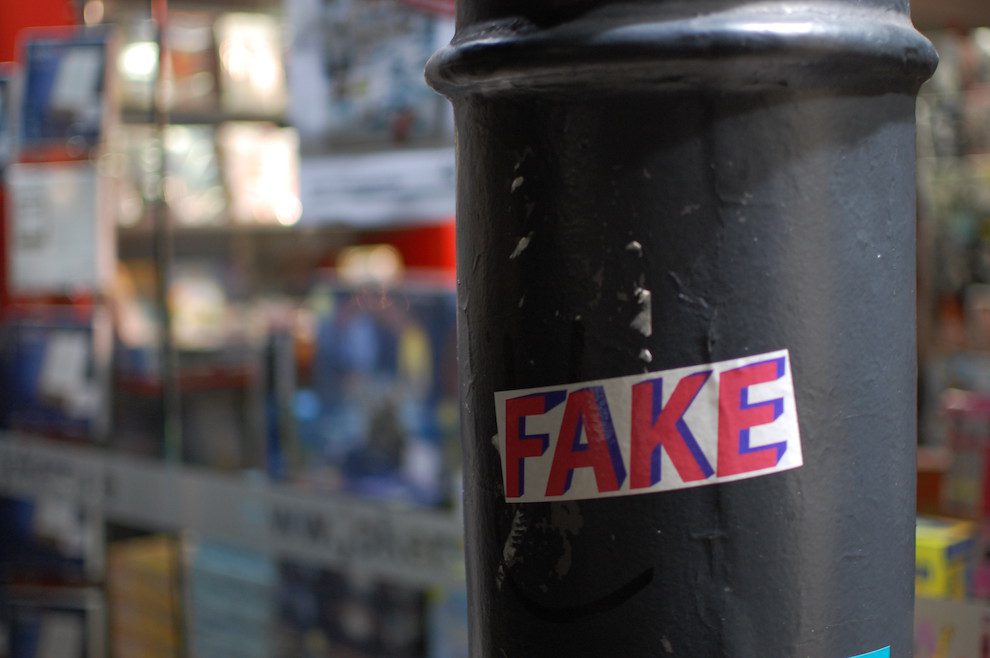Policies on Fake News, Facebook Metrics Glitch, Snapchat Spectacles and IPO, Google AMP, Media Metrics, TFP’s Infographic Pick of the Week
Welcome to Technology for Publishing’s roundup of news and tips for media industry pros! This week, we’re sharing stories about Facebook and Google policy changes to combat fake news, a “bug” resulting in inaccurate Facebook audience measurements, a Google AMP rollout aimed at helping publishers monetize their content, hype around Snapchat’s new video sunglasses and its IPO move, and more.
- After denying charges that fake news on Facebook influenced the outcome of the election (also see last week’s This Week in Publishing post), CEO Mark Zuckerberg responded to mounting pressure to address the problem by updating the company’s existing advertising policies, which now state the platform won’t allow sites that post false, misleading, or illegal content to use its advertising network, Facebook Audience Network. Google, too, stepped up with a policy change that prevents such websites from using its AdSense network, several news outlets reported. The goal, according to a TechCrunch post, is to stem the flow of fake news by making it harder for the sites to make money. For its part, The New York Times said “the decisions were a clear signal that the tech behemoths could no longer ignore the growing outcry over their power in distributing information to the American electorate.” And underscoring the cause of widespread concern, Business Insider reported that data from a Facebook monitoring tool showed that at the end of the U.S. presidential elections, malicious fake news stories had together generated more engagements (shares, likes, and comments) than accurate news stories shared by legitimate news organizations.
- Not related to the fake news issue, Facebook revealed flaws in the way it measures how consumers interact with content on its platform—just two months after acknowledging that similar problems inflated publishers’ video viewing metrics. As a result, the metric that measures the reach of publishers’ content could drop by as much as 55%, according to Recode. Other significant measurement “glitches” include the number of full video views and time spent with Instant Articles, a Wall Street Journal report said. It noted while only four of 220 metrics were found to be inaccurate, the company in response is bringing in independent reviewers “to calm unease over the social network’s data.”
- Meanwhile, Digiday said Google is positioning its Accelerated Mobile Pages (AMP) as the more publisher-friendly option compared with Facebook, announcing the addition of AMP for Ads, which extends the offering to native and video ads. The search giant in a blog post said it believes the web should be a place where “publishers are able to create and earn money from their content.” And acknowledging that fact, Google News & Publishing director Laurent Cordier said at the product rollout,“We have some financial pressure to deliver money.” According to the report, publishers overall are pleased with improved page load times and other AMP metrics, as well as the ability to control the look and feel of their content—something lacking in Facebook Articles. But Cordier said Google’s efforts to help publishers monetize their content can only go so far: “There’s a certain level of optimization we’ve not seen across the board,” he said.
- And over at Snapchat, newly named parent Snap Inc. confidentially filed the paperwork for an IPO, which is expected to raise as much as $4 billion and push the company’s valuation into the range of $25 billion and $35 billion from $18 billion today, a Forbes report said. Over the past week the company has also generated buzz around the limited rollout of Snapchat Spectacles, $130 camera-equipped sunglasses that record video users can share on their Snapchat accounts (see TechCrunch’s review and BI’s post on where the glasses are initially selling). Forbes said with its millennial-heavy base of 150 million daily active users, the messaging app is gaining traction with media outlets and advertisers, projecting revenue will hit $1 billion next year. A Digiday post, however, said it’s not all smooth sailing: The platform’s lack of metrics, particularly compared with Facebook and Google, is still a big problem for marketers.
On the Technology for Publishing Blog
- Get the latest industry stats: This month’s Media Metrics roundup covers the political environment on social media, how different demographics want to get their news, digital journalism jobs, millennial vs. baby boomer marketers, and much more.
- It ain’t easy! As our Infographic Pick of the Week highlights, content creators face a number of pain points in their digital transformation journey. Learn more about top concerns and how the industry is addressing them.
- ICYMI: In her latest InDesign CC Tip, Monica Murphy details new scalable arrowheads, offering a wide range of design choices. For more tips, check out our newest handbook, Using Adobe InDesign CC 2017.
This Week in Publishing will be on break next week in observance of Thanksgiving. We’ll return on Friday, Dec. 2. Have a wonderful holiday, everyone!
Photo: Nieman Lab
Visit our blog for highlights of interesting and noteworthy stories from the publishing world every Friday, and sign up for TFP’s This Week in Publishing newsletter. Think we missed something great? Let us know! Leave a comment below or drop us a note.
Posted by: Monica Sambataro



